Here’s a tip before we start -
Download MacMister Data Wipe Software for Mac to clear system log files quickly on the system. But if you are searching for a manual procedure, then we have highlighted the best solutions below.
Mac operating system is definitely a classy platform as it is known for storing a variety of numerous files for appropriate work and troubleshooting. One of the files needed when encountering the issues with apps is log files. However, they are helpful but once they are outdated, they are of no use. But you can delete them and make more space for new files.
Overview
Log files are considered as a journal of entries and system parameters that describes each and everything taking place on the system. Any single operation being performed on the system will be noted down as logs.
Most of the times, log files carries app errors & crash reports. However, we face difficulties while reading it as a regular users because the file is unreadable. But if there is a need to diagnose any system issue, then log files are essential invention.
How to Clear Log Files of a User?
One of the main reasons of erasing log files on Mac is to speed up the system and the applications installed on it. Second, log files are definitely small but they also takes up lot of space on your disk. Lastly, outdated logs can possibly cause software conflicts.
User logs are extracted from user profile.
They are generally found at ~/Library/Logs
However, deleting logs is not everyday operation. It could backfire if you do not know what exactly you are deleting. But as you have asked, so we have discussed two solutions in the next section that is helpful in deleting the log files of a user.
Method 1. Deleting Log Files Manually
- Run Finder, click Go and select go to Folder.
- Enter ~/Library/Logs, press Return to move towards this folder (remember the use of “~” - This will confirm that you are clearing user log file not the system log file.

Note. Highlight and copy the entire log file data to a different folder if anything goes wrong.
- Select all the log files and move them to a Trash folder.
- Restart Mac.
Note. It is recommended to erase the inside data of such folders but not the folders themselves. Also, there are some system applications like Mail that stores the log files somewhere else.
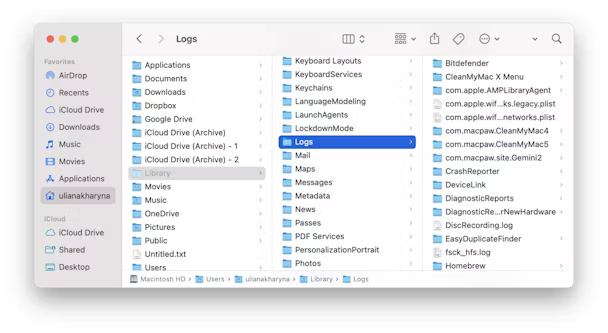
Once the process finishes, go to Trash folder and permanently delete the log files to make additional hard drive space. To do the same, go to the Trash icon, Control + Click on the same and click “Empty Trash”. Start your Mac again so that the system can make new log files.
However, you will encounter some log files in /var/log folder but not all the items will be safe to remove. That is why, check the second solution and erase user log files as needed.
Method 2. Deleting Log Files using Automated Solution
Follow the steps to know how to effectively clear log files of a user -
Step 1. Download and run Data Erasure on your Mac.
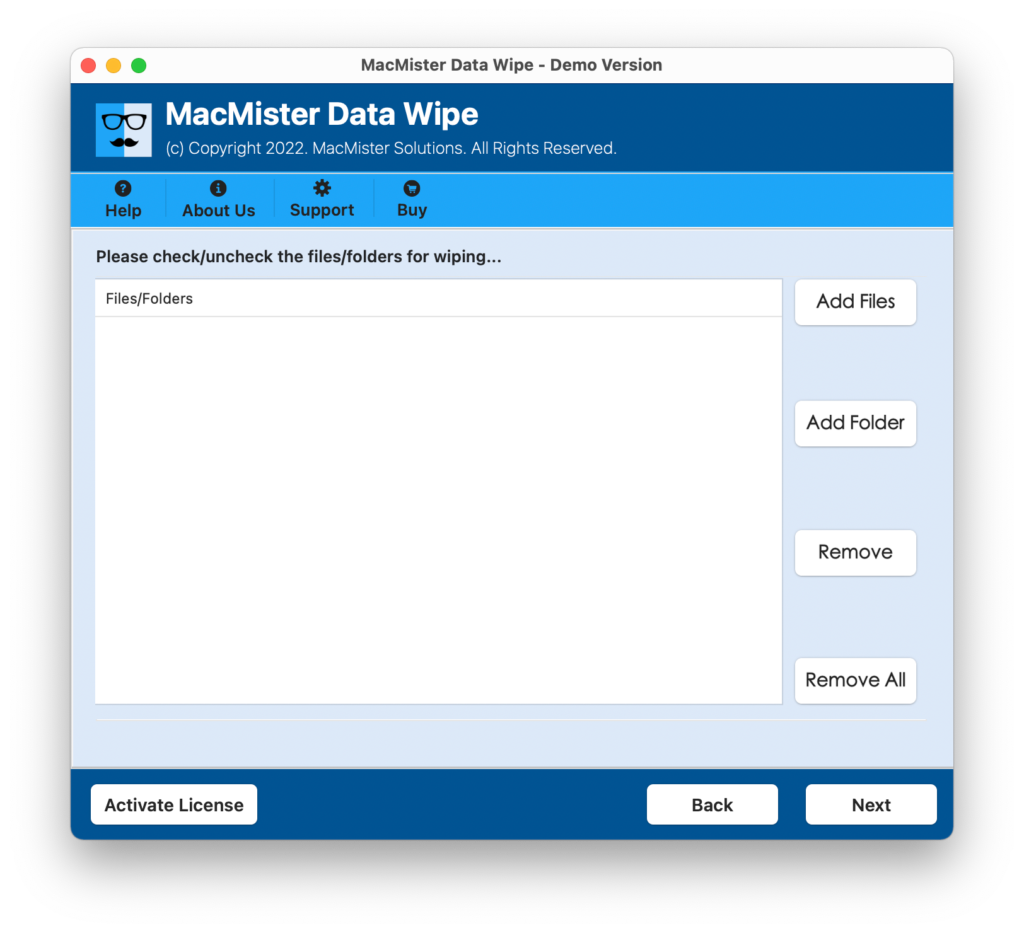
Step 2. Click on Add Files button, go to the location where log files are saved, select them and load the same on the system.
Step 3. Tap Add Folder button if you have a folder of multiple log files.
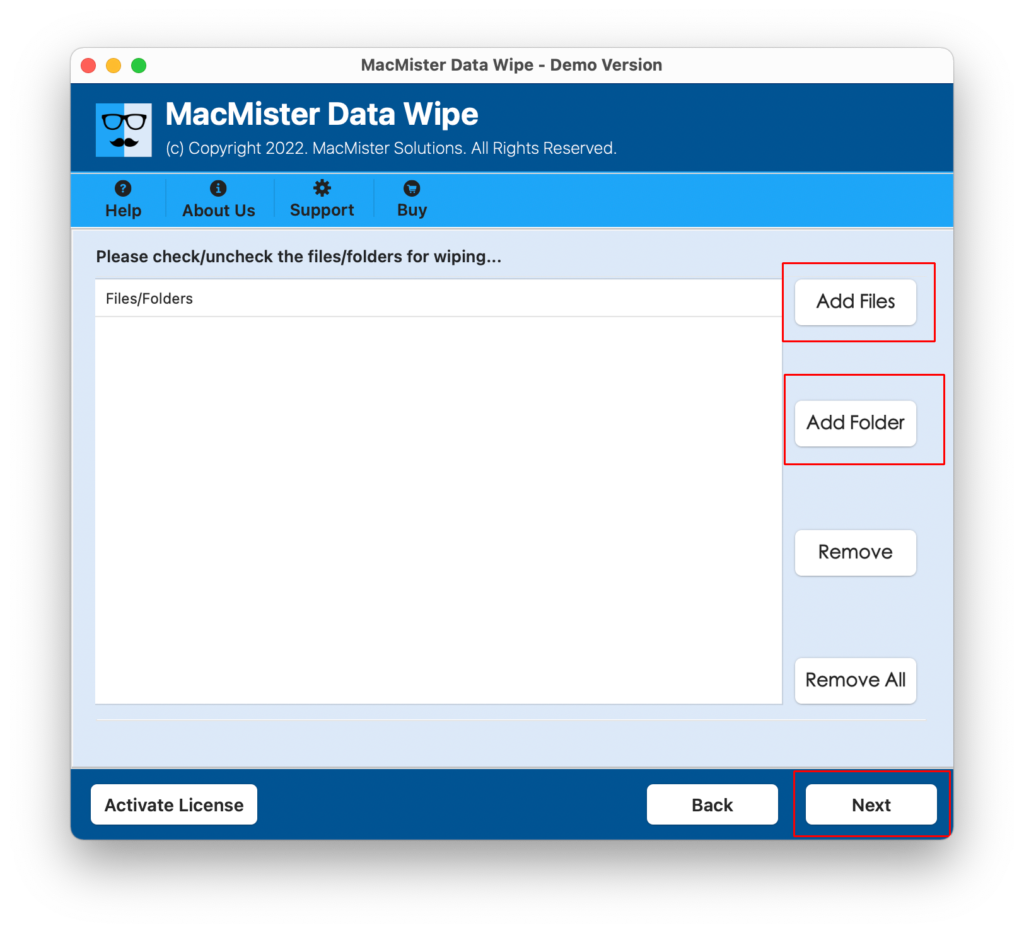
Step 4. Click Next.
Step 5. The tool will show the log files on the screen. Verify them and click Next to continue.
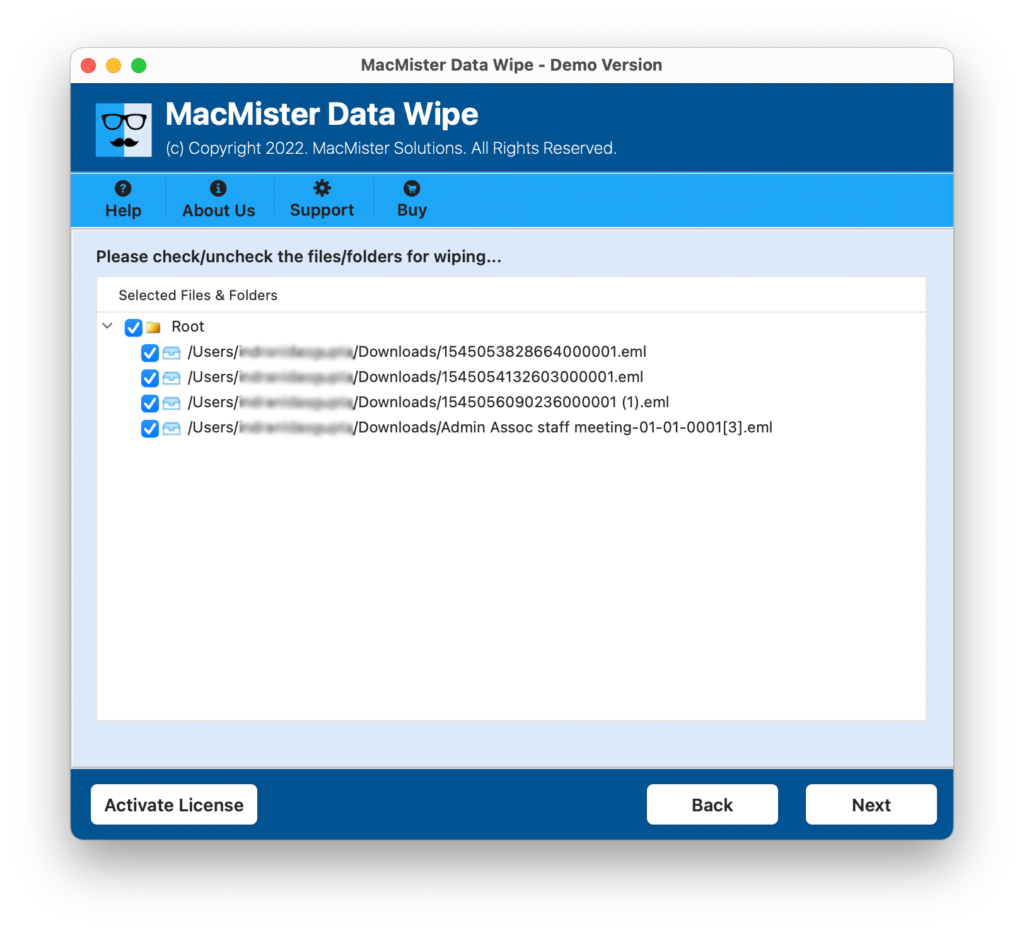
Step 6. Choose the wiping option of your choice.
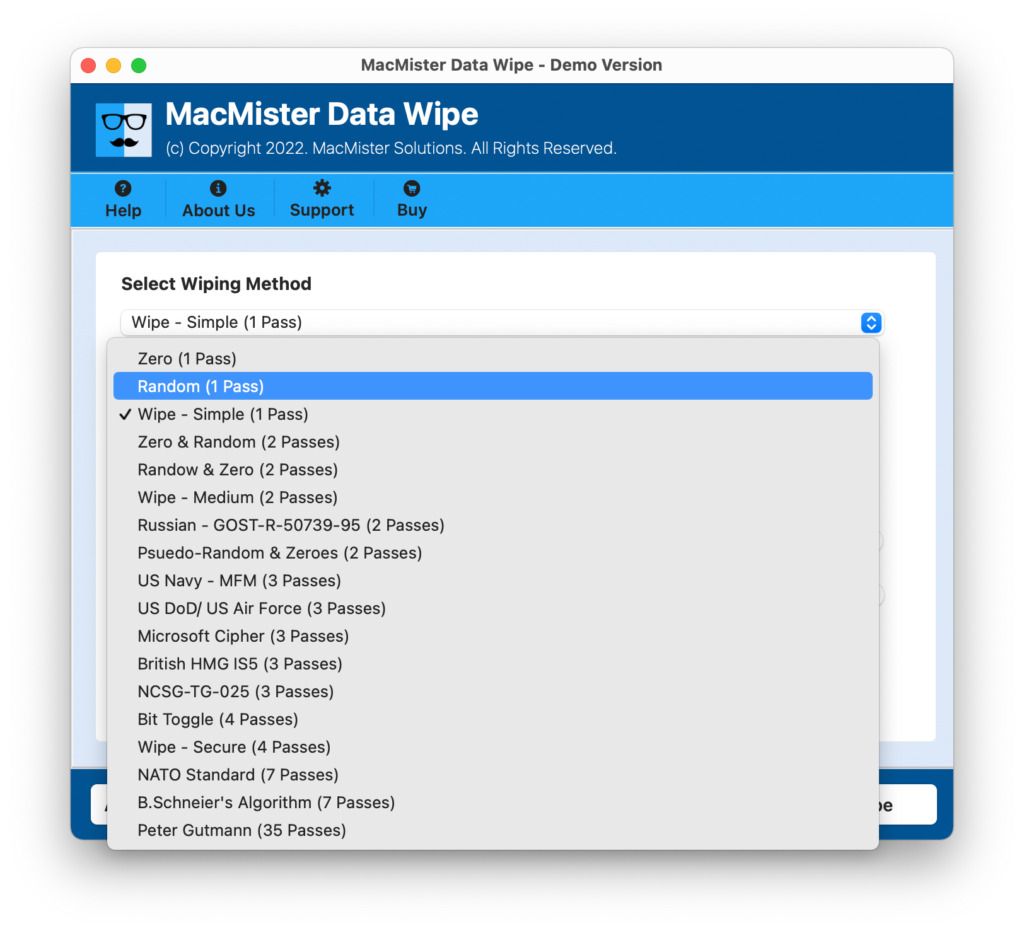
Step 7. Set Filters as per your needs.
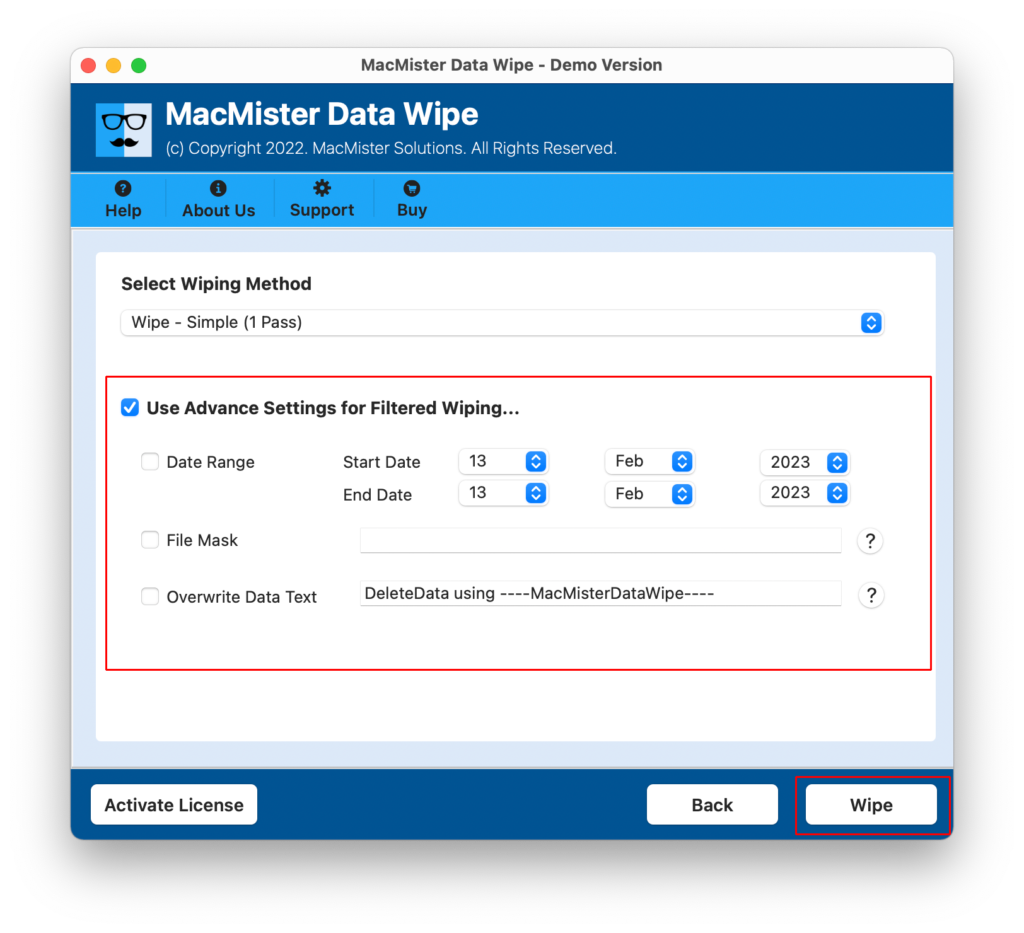
Step 8. Click Wipe button.
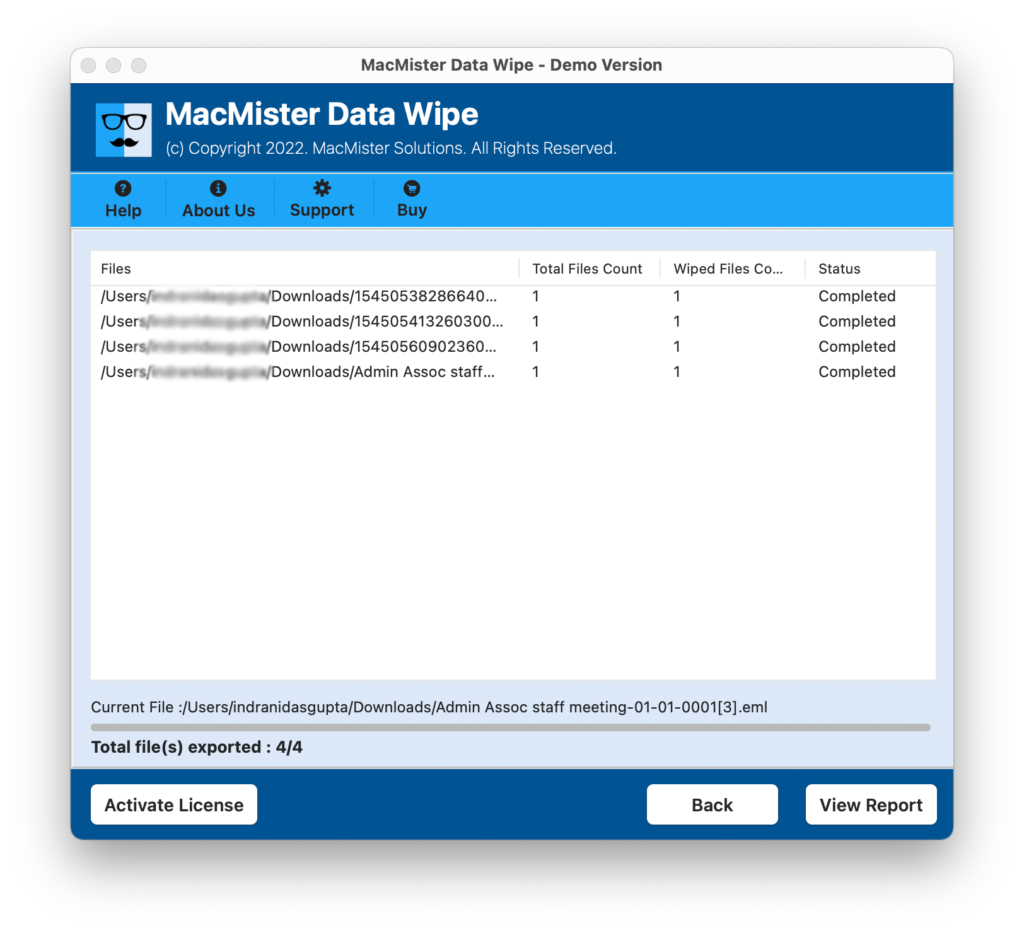
All the log files are now successfully deleted.
Conclusion
Clearing log files is a routine cleaning of Mac machine for a lot of users. Though, it does not immediately speed up the system but there is little benefit in clearing the disk. There are many media applications that contains large log files, deleting them will make a room for new data. However, make sure not to delete the entire folder, instead only delete the files contained by that folder.
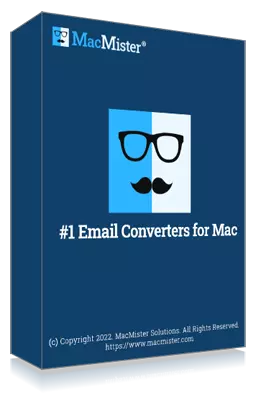
Safe solution to backup emails from 90+ webmail sources and allows to convert them into 15+ saving options.